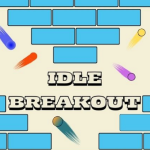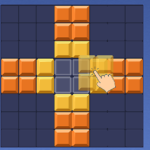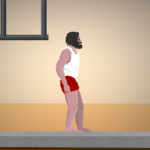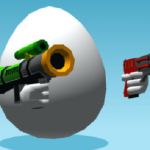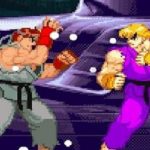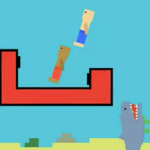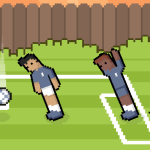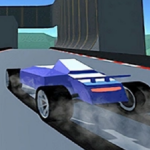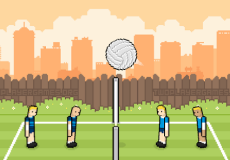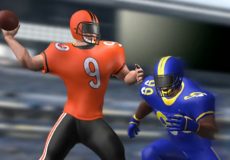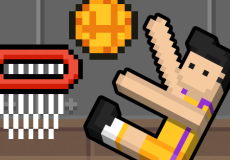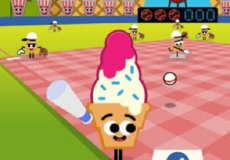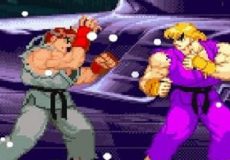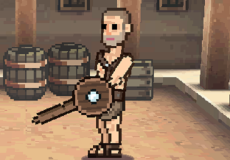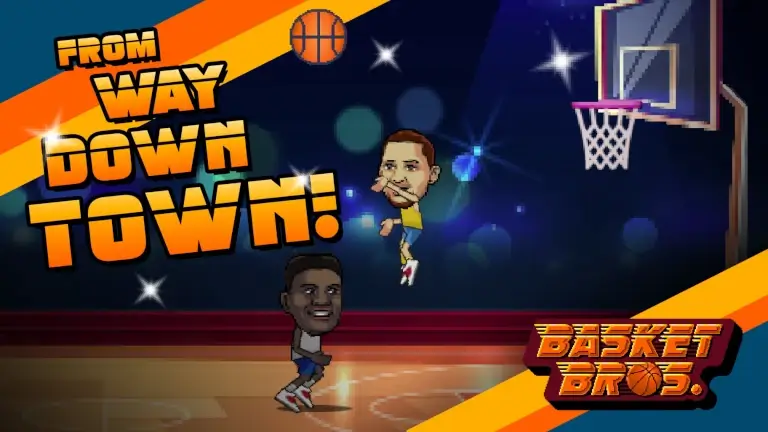

Ragdoll Hit
In Ragdoll Hit, players control a floppy, physics-driven character in a series of head-to-head battles where momentum and timing decide the outcome. The main objective is to strike your opponent while managing your unstable movements. Each round takes place in a small arena where both players bounce, swing, and collide using ragdoll physics. There is no standard movement—your character responds to touch or key input by launching in a direction, with their limbs reacting freely. The result is unpredictable and often chaotic combat that favors creativity over precision.
Similiar games
In Ragdoll Hit, players control a floppy, physics-driven character in a series of head-to-head battles where momentum and timing decide the outcome. The main objective is to strike your opponent while managing your unstable movements. Each round takes place in a small arena where both players bounce, swing, and collide using ragdoll physics. There is no standard movement—your character responds to touch or key input by launching in a direction, with their limbs reacting freely. The result is unpredictable and often chaotic combat that favors creativity over precision.
Combat Mechanics and Movement Style
Ragdoll Hit uses a control system that simplifies combat down to positioning and impact. You don’t punch or kick directly—instead, you fling your body in an attempt to land a hit. Because of the game’s exaggerated physics, attacks feel indirect but impactful. You can control the direction of motion and influence force, but you can’t fine-tune your limbs. This makes timing and reading your opponent’s movement essential. Each match is fast, often lasting just seconds, and rewards players who understand spacing and angles.
Game Modes and Structure
Ragdoll Hit offers a series of short matches that can be played in quick succession. Most versions of the game include one-on-one modes, often with local multiplayer support or AI opponents. Arena layouts may vary slightly, but most are minimal in design to keep the focus on physics-based interaction. Over time, the game introduces more hazards or platforms that influence strategy and player movement.
Features typically found in Ragdoll Hit include:
· One-on-one combat based on ragdoll physics
· Simplified input for quick directional movement
· Fast-paced rounds with short match length
· Support for multiplayer and AI battles
· Minimalist arenas with occasional obstacles
These elements contribute to short, repeatable sessions where players learn by trial and reaction.
Visuals and Audio Design
The visual style in Ragdoll Hit is kept simple to emphasize motion and collisions. Characters are often brightly colored for clear visibility, and their movements are exaggerated to highlight contact points. Sound effects play a role in reinforcing impact—each successful strike is accompanied by a distinct noise that adds weight to the otherwise floaty combat. There is little distraction in the background, and most arenas are flat platforms or single-room setups that prioritize action over presentation.
Discuss Ragdoll Hit


